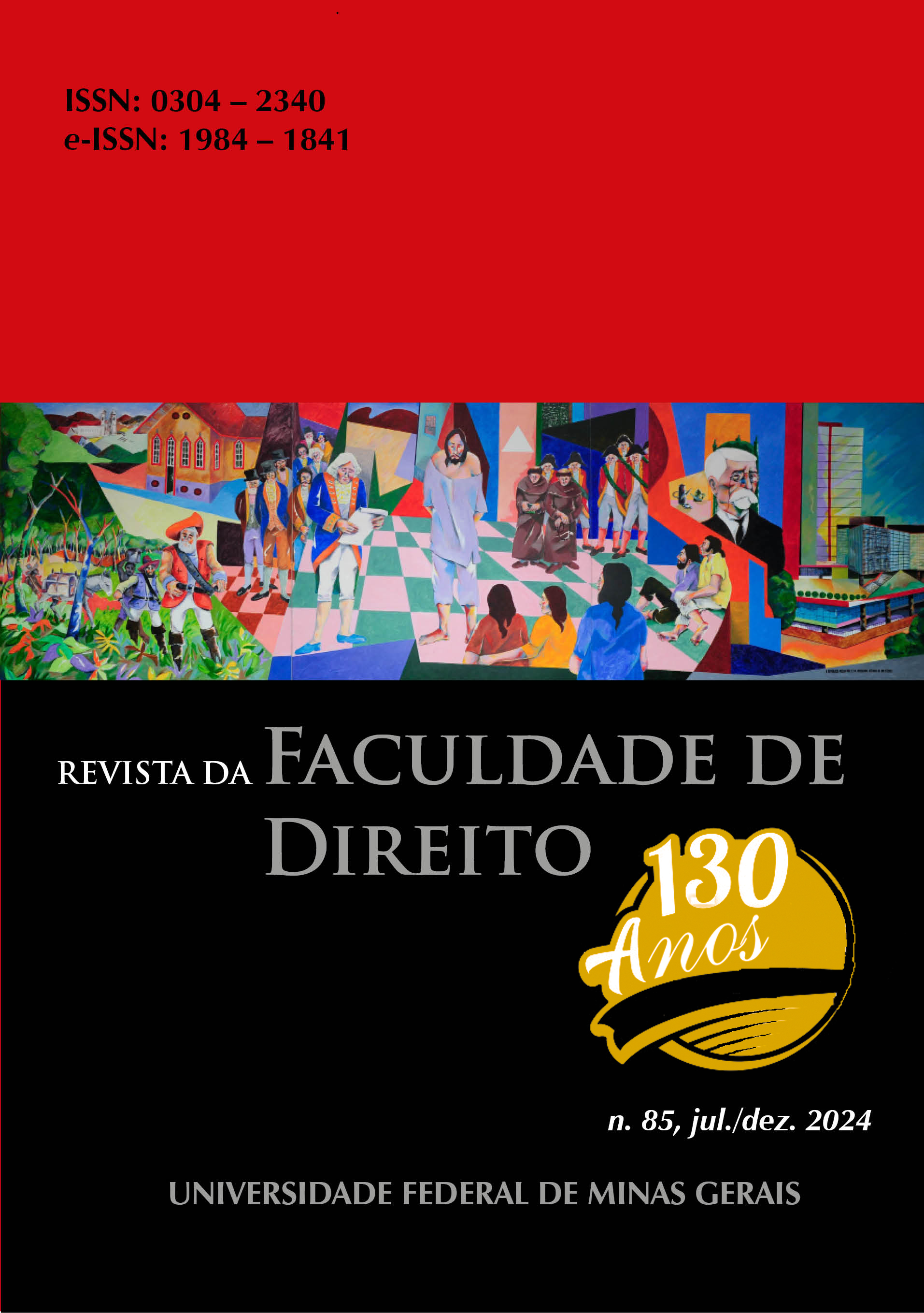THE CONCEPT OF “ARMED ATTACK”, NON-STATE ACTORS, AND THE USE OF FORCE IN INTERNATIONAL LAW: RUPTURE OR CONTINUITY?
DOI:
https://doi.org/10.12818/P.0304-2340.2024v85p291Abstract
The international law on the use of force is
founded on the general prohibition to employ
force enshrined in the UN Charter, Article
2(4). Article 51 of the Charter contains one of
the only exceptions to the general prohibition,
the legality of use of force in self-defence if
an armed attack occurs. One of the debates
is about who can commit an armed attack so
that the Article 51 exception applies. To the
International Court of Justice in Nicaragua1,
an armed attack can only be committed
by a state against another state – the Court
requires “substantial state involvement” for
there to be an armed attack. After September
11th 2001, there is an increased understanding
that non-state actors in general, and terrorists
in particular, can undertake armed attacks,
expanding the possibilities that to use force
legally in self-defence. The doctrine of the
state “unwilling or unable” to tackle terrorist
threats also comes to the fore, opening
innocent third States to foreign armed
intervention. This article tackles the main
perspectives in state practice, doctrine, and
judicial decisions about armed attacks’ ratione
personae. The conclusions reached are that
this is currently a point being negotiated in
international law, even within the ICJ itself as
evidenced by separate and dissenting opinions. However, this article defends that a restrictive
interpretation is more appropriate and more
desirable.
KEYWORDS: Jus ad bellum. Use of force.
Terrorism. International Law. Armed Attack.
Non-state actors.




















